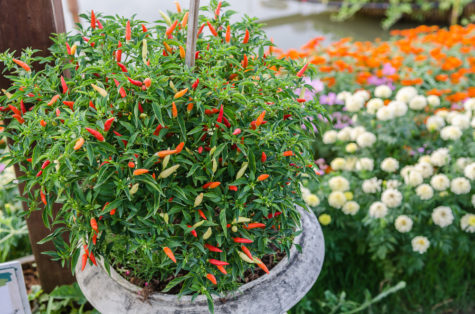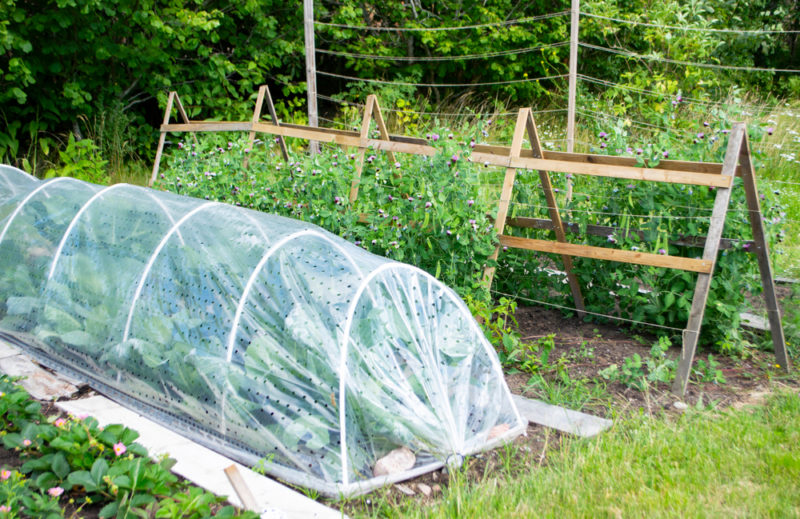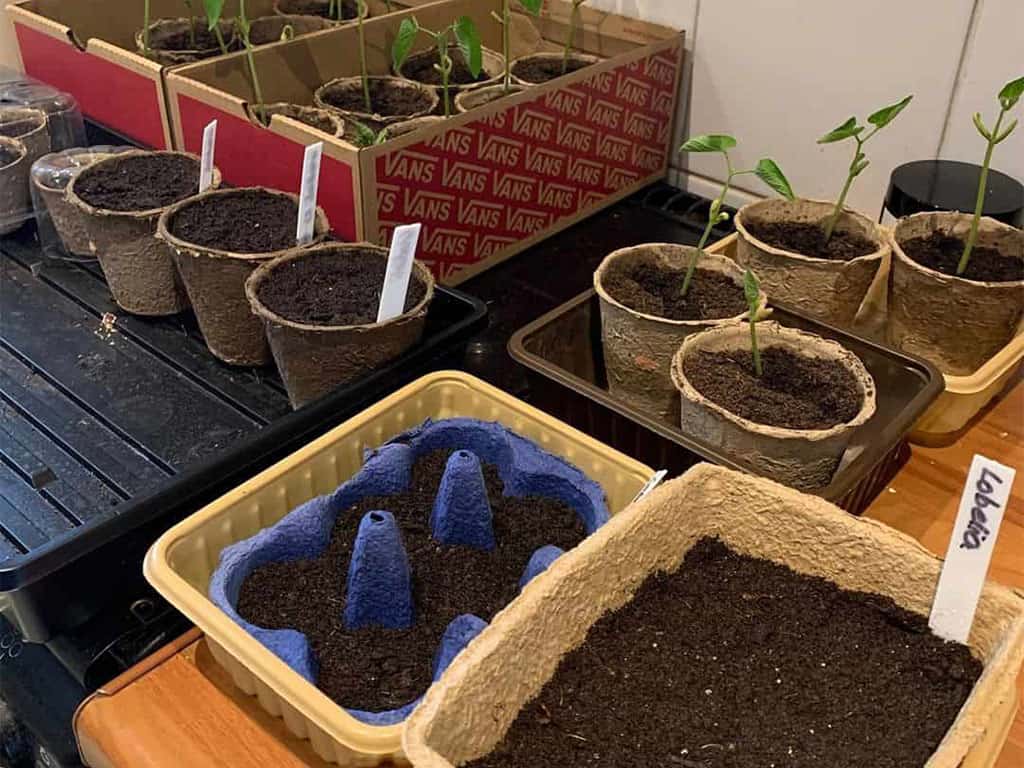I’ve spent enough time complaining about aphids that it’s finally time for me to give them their own post. Having lost an entire family of much-loved chilli pepper plants to an aphid infestation a little while ago, I declared these creepy-crawlies my official arch-nemesis. Maybe you don’t feel as strongly as me, or maybe you do – either way, you’ve presumably found yourself on this post because you’re looking for advice on getting rid of aphids.
How to identify aphids

What exactly are aphids? Also, what’s the problem with them, and how do you tell them apart from other annoying plant pests? Let’s take a look…
For starters, the term “aphid” doesn’t actually refer to one particular insect – in the UK, it actually covers over 500 different species. However, all of these critters have a few things in common. First, they all fall into the scientific classification of “true bug”. Aphids include bugs like greenfly and blackfly, but you’ll also find them in various shades of yellow, white and pink. Aphids are all between 1-7mm in length, and they’re all widely acknowledged to be incredibly destructive to plants.
How do they cause so much trouble?
Aphids are sap-suckers. They’ll puncture the stem or leaves of a plant, and consume the sap inside, leaving the plant wilting and weak. On top of that, they excrete a sticky “honeydew”, that can attract sooty moulds, further damaging your plants.
You can find aphids on almost any type of plant, including flowers, ornamental plants, fruit and vegetables, house plants and greenhouse plants. Many types of target specific plant species, but there are plenty of aphids that are less picky. They also reproduce relentlessly, so one or two aphids can quickly turn into hundreds – spreading to any nearby plants.
As if that wasn’t enough, some aphids can carry viruses between plants. Brilliant.
Getting rid of aphids
Check your plants regularly, especially if you know you have species that attract aphids. When you’re watering or pruning, pay particular attention to the underside of leaves, the area around new shoots and flower buds. If you do notice individual bugs, or small clusters starting to appear, you need to act quickly!

Tips for getting rid of aphids without pesticides
Chemical pesticides aren’t everybody’s thing – maybe you’re growing edible plants, are concerned for child or pet safety, or are simply eco-conscious. Getting rid of aphids without pesticides is possible, but they are stubborn little critters.
The most important thing is that eliminating your aphid problem shouldn’t wait – squash any lone rangers that you find to try and limit population growth as much as possible.
If your plants are outside, you should attract predatory insects, like dragonflies, hoverflies, ladybirds and ground beetles. Building a water feature or a bug hotel can help. Bear in mind that it will take several weeks for this method to take effect!
It’s possible to buy hoverfly larvae, parasitic wasps and lacewing larvae to use as a biological control for aphids. This method can be pretty effective in a greenhouse (but obviously, much less so outdoors).
If these methods are getting rid of aphids on your plants, you have a couple of options. Personally, I resorted to just writing off my infested plants. It was incredibly disappointing, but there were only a couple of plants that were really badly affected. If you’re not ready to give up the fight, it’s time to use pesticides.

Getting rid of aphids with pesticides
If it comes to getting rid of aphids with pesticides, start by looking for products with a shorter lifespan. You may need to reapply them as they wear off, but they’ll be certified for organic growing and will cause less interference with the natural balance of your garden. Organic sprays that have natural pyrethrum, plant oils or fatty acids as their active ingredient should help you control your aphid population.
In greenhouses, you can use a fumigant to try getting rid of aphids. There are several varieties available, including organic, garlic-based products that’s safe for use on crops.
Over winter, you can destroy dormant aphid eggs on shrubs and fruit trees with a winter wash made with plant oil. Be careful to wait until your trees are dormant too, to save damaging healthy leaves or buds.
You can also find synthetic insecticides if you’re struggling to control your aphid problem. Of course, always follow instructions when you’re using these kinds of chemicals. Don’t use them on plants that are actively flowering or you can cause serious harm to local pollinator populations and, if you’re using chemicals on crops, make sure that the product you have is safe for the specific plants you’re growing.
Are there any methods for getting rid of aphids that we’ve missed? Tell us your thoughts and successes against these pesky pests!

TIPS FOR GETTING RID OF APHIDS-min






